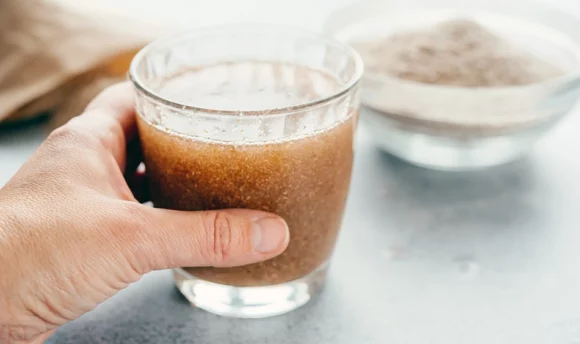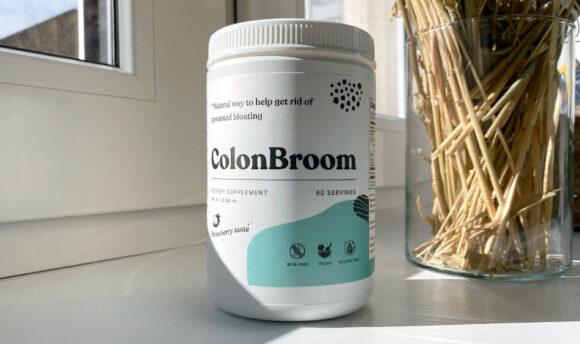How do we vet brands and products? Learn more.
Benefiber vs. Miralax: Are They Worth Your Money?
We compared Benefiber and Miralax so you don’t have to.
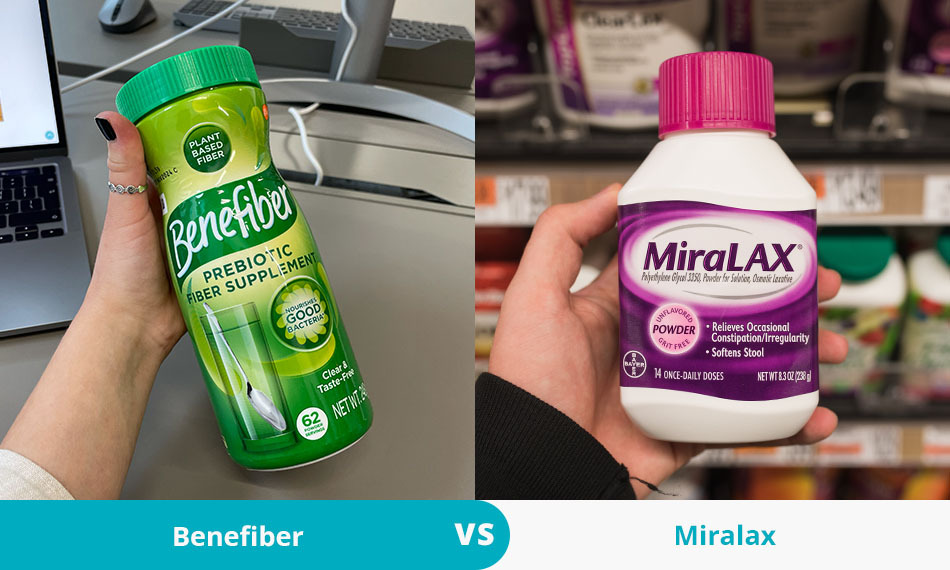
How do we vet brands and products? Learn more.
According to studies, more than 90% of Americans don’t consume the recommended daily fiber intake of 25–38g.
Lower fiber intake may cause bowel irregularities, but specialists are now aware that fiber benefits go far beyond preventing constipation.
A fiber-rich diet is essential for good health as fiber promotes colon health and regular bowel movements. Other benefits of healthy fiber intake include better blood sugar control, reduced heart disease risk, and weight management.
Many people turn to fiber supplements as a quick fix, but which are the best? We compare Benefiber with Miralax, two popular fiber supplements.
Benefiber vs. Miralax: Which Is Better?
Benefiber and Miralax, two popular digestive health supplements, have similar benefits. Howver, our team concluded that Miralax is slightly better after evaluating both products.
Benefiber is an easy-to-dissolve fiber supplement that can be added to a variety of drinks. Moreover, it helps to maintain a healthy digestive system and promotes regularity.
Alternatively, Miralax contains polyethylene glycol, which increases the water content of stool, making it easier to pass. While Benefiber can provide dietary fiber, Miralax may be a better option for people who suffer from occasional constipation. The mechanism of action of this product ensures that the bowel movements are comfortable without causing cramps or sudden urgency.
It is fair to say that both supplements have their merits, but Miralax may be a better choice for those seeking a reliable and gentle treatment for constipation.
Benefiber vs. Miralax Comparison


It is natural, sugar and gluten-free
Has a two-year shelf life
Dissolves in liquids and doesn’t have a gritty taste
Available in various forms
Causes less gas and bloating
Mixes well with any beverage
Well-researched product effectiveness
Available over the counter
Causes less cramping, bloating, gas, or feelings of urgency
Can cause constipation, gas, bloating, and dehydration
You have to check with a doctor if you’re gluten intolerant, have celiac disease, are nursing, or are pregnant
Does not bulk up a stool as much
You can become reliant on fiber supplements
May take a longer time to work (within 1–3 days after use)
Different retailers have different prices
No FDA approval for kids
For people with kidney issues, there are better over-the-counter laxatives
Can result in watery, loose stools
What Is Benefiber?

- Prebiotic fiber supplement
It is natural
Sugar and gluten-free
You can buy it in bulk since it has a two-year shelf life
It disintegrates in liquids and doesn’t have a gritty taste
Benefiber is a soluble, fermentable fiber supplement that may be purchased over the counter. It is created by processing wheat kernels and removing a starchy component called dextrin.
Wheat dextrin disintegrates in water and is tasteless.
Wheat dextrin is frequently used as a thickening agent in processed foods and is generally regarded by the FDA as safe.
Dextrin is thought to be gluten-free even though it is comprised of wheat. Due to its low gluten content – less than 20 parts per million –Benefiber claims its product is gluten-free, sugar-free, rich in probiotics, and has natural ingredients. However, there is no clinical evidence to support these claims.
Benefiber manufacturers also list other uses for their bulk powder, such as blending it with other beverages, such as coffee and tea, or using it in baking and cooking.
-
Helpful if you don’t meet daily fiber requirements
-
It is available in chewable, powdered, and capsule forms
-
Causes less gas and bloating
-
Can lower cholesterol and blood sugar levels
-
Can cause constipation, gas, bloating, and dehydration if not used correctly
-
You have to check with a doctor if you’re gluten intolerant, have celiac disease, are nursing, or are pregnant
-
Compared to insoluble fiber supplements, Benefiber does not bulk up a stool as much
-
Some people can become reliant on fiber supplements
What Is Miralax?

Miralax is a popular over-the-counter (OTC) drug which falls within the osmotic laxative category. Miralax is used to prevent constipation. Although it’s typically used as a short-term treatment, it can also treat chronic constipation in some circumstances. Miralax is also used for bowel preparation for colonoscopies.
Most people experience a bowel movement after 1–3 days of using Miralax. According to research, Miralax effectively treats chronic constipation in adults, children, and the elderly and improves stool consistency and frequency.
-
Mixes well with any beverage
-
Well-researched product effectiveness
-
Available over the counter
-
Causes less cramping, bloating, or gas
-
May take a longer time to work (within 1–3 days after use)
-
Different retailers have different prices
-
No FDA approval for kids
-
For people with kidney issues, there are better over-the-counter laxatives available
-
Can result in watery, loose stools
How do these products work?
A key component of Benefiber is wheat dextrin, which works by promoting regular bowel movements. Dextrin forms softer, bulkier stools by absorbing water from your intestines.
The stools move through your digestive tract more easily, helping you have simpler bowel movements. Additionally, the frequency of your bowel movement increases after using these supplements.
Benefiber is a dietary fiber supplement that also suppresses hunger and makes you feel full longer.
Miralax contains polyethylene glycol 3350, an osmotic laxative. That means it attracts water into the colon, which eases the stool and can naturally induce colon contraction. These actions facilitate bowel movements.
After starting Miralax, it can take 1 to 3 days before you have a bowel movement. Do not take an overdose or take it more frequently than directed by your doctor or pharmacist.
Ingredients
These two supplements have very different ingredients, but their goal is the same: softening stool, relieving constipation, and boosting gut health.
Benefiber Key Ingredients
Benefiber comes in various forms, including powder, tablets, and chewable. Here are the typical ingredients:
#1 Wheat dextrin
Wheat dextrin is the active ingredient of Benefiber Original. Benefiber says wheat dextrin supports digestive health by giving the stool more bulk as it dissolves in water, speeding up digestion, and nourishing the good bacteria in the gut biome.
Studies about wheat dextrin supplementation show that dextrin promotes regular bowel movements by increasing fecal output. The study also found that wheat dextrin is a soluble fiber that can be fermented, but because it ferments gradually, users are less likely to have uncomfortable severe gas symptoms.
#2 Citric acid
Citric acid is a common industrial ingredient in medications and dietary supplements. In addition to improving or masking the flavor of chewable and syrup-based medications, it’s added to medicines to help stabilize and maintain the active ingredients.
Citric acid is used to keep Benefiber powder fresh for longer.
#3 Maltodextrin
Although maltodextrin comes from wheat and is derived from plants, it has undergone extensive processing making it gluten-free.
Digestion-resistant maltodextrin improves digestion in general. It can enhance gastrointestinal processes like bowel transit time, stool volume, and consistency.
#4 Aspartame
Benefiber is available in powder with an orange flavor that uses aspartame as a sweetener. This artificial sweetener is present in chewable form also.
Being a low-calorie sweetener, aspartame allows you to enjoy Benefiber lowering your intake of added sugars while still getting a satisfying sweet taste.
Anecdotal reports question aspartame’s safety; however, according to research, people with diabetes are advised to consume aspartame-made foods and beverages instead of those sweetened with sugar to help them satisfy their sweet tooth.
Miralax Ingredients
#1 Polyethylene glycol
The active ingredient in Miralax is polyethylene glycol 3350, an osmotic laxative used to treat occasional constipation. It works by retaining water in the stool. This increases bowel movements and eases the stool.
Taste
Both Miralax (polyethylene glycol 3350) and Benefiber are tasteless and dissolve entirely in soft foods and non-carbonated drinks, allowing them to be used as food additives without messing up the flavor.
Examples of drinks to mix with these supplements include water, juice, coffee, or tea. Miralax (polyethylene glycol 3350) and Benefiber are gluten, sugar, and preservative-free, the best choices for people with food restrictions.
Cost
Many stores sell Benefiber, including Amazon, Walmart, Costco, Target, CVS, and Walgreens. The prices vary depending on the retailer and the form you select. Benefiber is available in various formats, such as bulk powders to dilute with water, portable single-serve packets, and a chewable.
A 125 serving of Benefiber powder in a bulk canister costs about $20. A 30-day supply of the recommended 3 servings daily will cost you $15.
A 30-day supply of the recommended 9 tablets daily of Benefiber chewable tablets costs $48.
Miralax is available in a bottle or in single-dose sachets. You can purchase the quantity that works best for you.
A 7-dose bottle, for example, costs between $6.89 and $14.91, depending on where you buy it.
You can download a coupon from the official Miralax website to receive a $1 discount on your purchase. Individual retailers determine their return policies.
You can get Miralax online or physically at popular locations such as Amazon, Target, Walmart, Rite Aid, and CVS.
Weight Loss Benefits
Over-the-counter fiber supplements and laxatives, such as Miralax or Benefiber, are not approved as weight loss products and are not likely to directly impact weight loss.
You must consume a balanced, calorie-controlled diet and incorporate physical activity into your daily routine to maintain a healthy weight management plan.
However, Benefiber claims you can use it as part of your weight loss plan to lose weight quickly.
This assertion is based on a study that found wheat dextrin supplements could temporarily increase satiety in some people. The study found that satiety increases are associated with decreased levels of hunger. Although the trial did not include Benefiber chewable, the ingredients used were similar.
Weight loss products, plans, and medical professionals advise consuming fiber and laxatives to make the body feel fuller for longer and help food move faster through your system. This may lead to less calorie absorption, decrease your appetite, and help with weight loss.
However, laxatives do very little to limit calorie absorption. Most of the calories in food and drink are absorbed in the small intestine. Laxatives like Miralax only work on the large intestine. Therefore the majority of calories are absorbed before they reach the large intestine.
Although you may lose a few pounds shortly after taking a laxative, this is typically caused by water loss, and the weight will return as soon as you eat or drink something.
There are other options if you are looking for the best fiber supplements for weight loss.
Best In Fiber Supplements Category



Boosts metabolism
Improves skin health
Suppresses appetite
Lowers blood sugar
Alleviates bloating
Improves the immune system
Well-researched
Supports digestion
Promotes regularity
Detoxifies your body
Easy-to-use capsules
Detoxifies the body
Ensures long-term digestive health
Stimulates your bowel
Contains cascara sagrada and senna leaf powder
Higher price point
Might cause minor side effects (gas and bloating)
Some customer reports constipation after using it
Slightly more expensive than other brands
Not a weight loss supplement
Possible mild side effects
How We Tested
We research, test, evaluate, and independently suggest the top products. Here is how we test products:
Quality
We only offer recommendations for dietary supplements supported by a substantial body of high-quality research. If new data raises questions about product safety, we won’t suggest it. We are in favor of scientifically sound, evidence-based dietary supplements.
Effectiveness
Before we test products, we read the latest studies and reviews on the product’s effectiveness and safety and interview professionals, including certified trainers, registered dietitians, and more.
Price
We assess the pricing point to see whether you are getting value for your money and if there are any additional fees or charges that are not disclosed. Fiber supplements must be within an affordable price range to enable sustained use over an extended period.
Brand reputation
We check for brands that a third party has tested and research the company’s methods to test its products so we can be confident in our recommendation.
FAQs
Yes, Miralax is safe and easy to use. The polyethylene glycol in Miralax softens the stool and promotes regular bowel movements by drawing water into the colon.
There may be some potential side effects associated with Miralax and Benefiber, but they are rare.
If you experience any side effects or have concerns regarding either supplement, please consult a healthcare professional.
Benefiber and Miralax are not considered weight loss supplements.
Digestive health and regular bowel movements are the primary uses of these supplements.
A Word From RD
Enough fiber is essential for your health. It’s recommended to have a total dietary fiber intake of 25–38g daily from food, not from a fiber supplement. Currently, adults in the United States consume an average of 15g of dietary fiber daily, which is almost half the recommended amount.
Soluble and insoluble fiber can help relieve constipation, keep your digestive system balanced, promote weight loss, and help maintain it. It may also reduce cholesterol levels, diabetes, and heart disease risk.
To get more insoluble fiber in your diet, include servings of whole grains, vegetables, fruits, seeds, and nuts.
Use whole-wheat flour in your baking and cooking, and choose whole-grain bread. Choose bread with the highest fiber content on the label.
Replace white rice with brown rice. You can start by mixing them if switching is difficult.
Aim to consume five servings of fruits and vegetables each day. The fiber content of fresh fruit is slightly higher than that of canned fruit. Whenever possible, eat the peel – it’s easier than peeling or eating around it.
Suppose you need a little boost from a fiber supplement. In that case, you should always see your doctor because certain supplements may have unwanted side effects or interfere with any prescription or over-the-counter medications or supplements you already use.
Consulting your doctor before taking any fiber supplement is especially crucial if you’re pregnant or breastfeeding, about to go for surgery, or have a medical condition like high blood pressure, heart disease, or diabetes.
Additionally, never give a child a supplement without first consulting their doctor.
Conclusion
Overall, you can select the fiber or solution based on your needs, but since these two options differ, if you have occasional constipation, you may want to take a laxative like Miralax. Benefiber will be beneficial if you want a healthy amount of fiber and to achieve bowel regularity.
While wheat dextrin has been demonstrated to enhance digestive health, as the product claims, alternative fiber supplements with ingredients such as psyllium husk have been more successful in presenting a range of health benefits.
Psyllium husk is found in the fiber supplement ColonBroom, and it has been found to reduce the risk of heart health by lowering bad cholesterol.





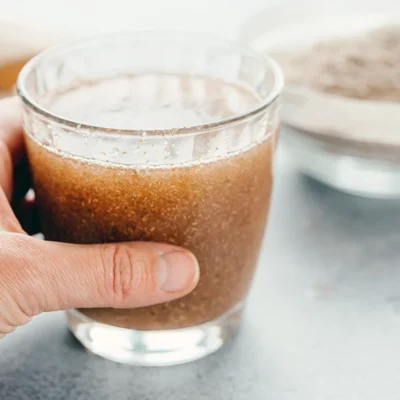

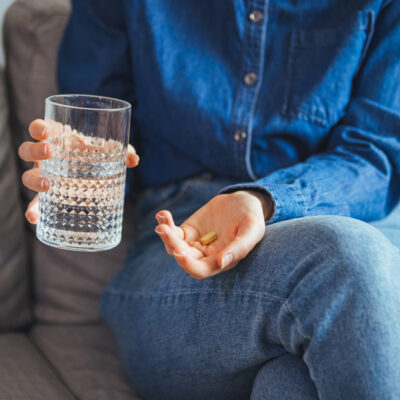
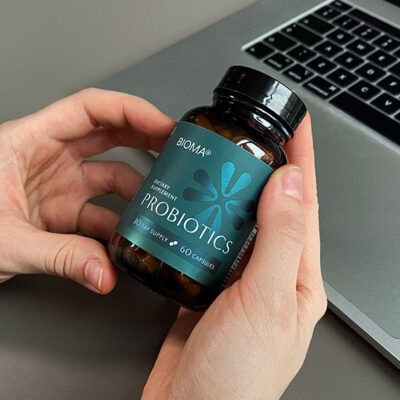




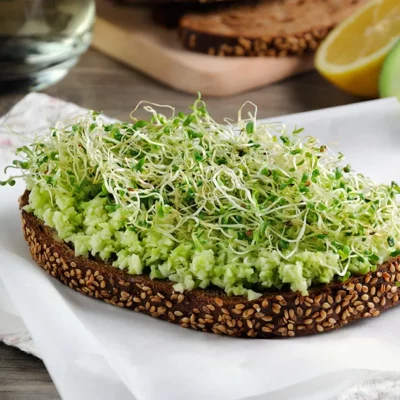






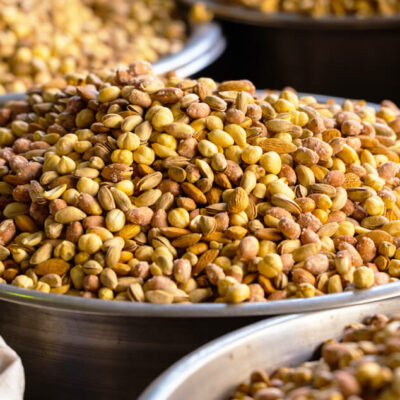


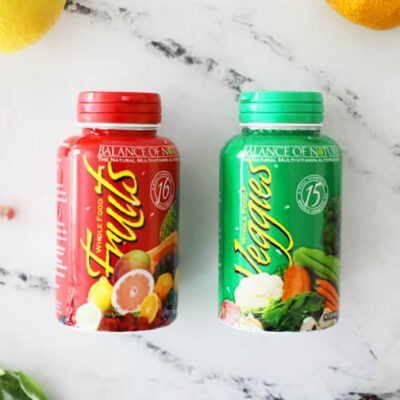


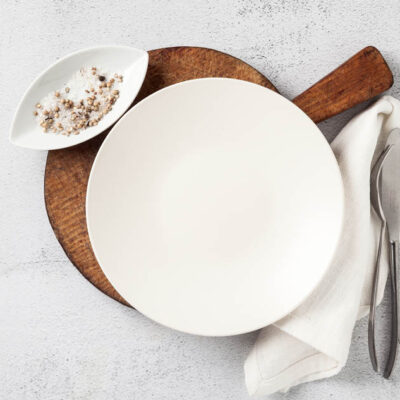
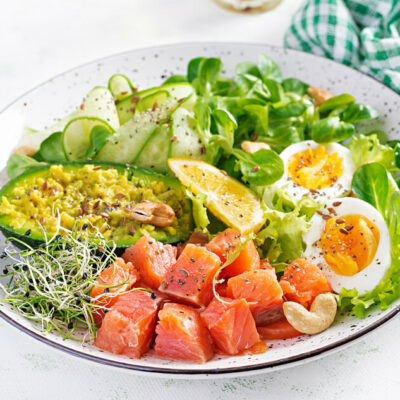










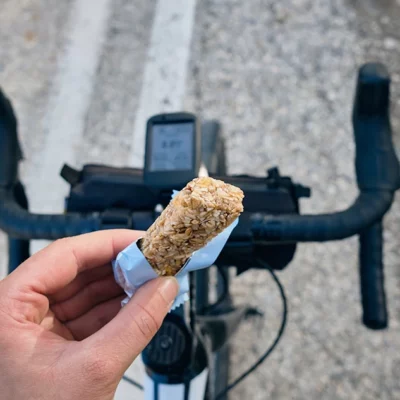




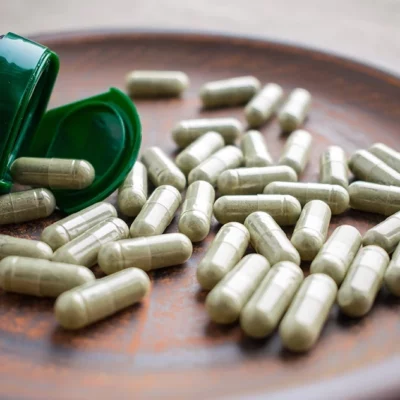





 Select your language:
Select your language: 







